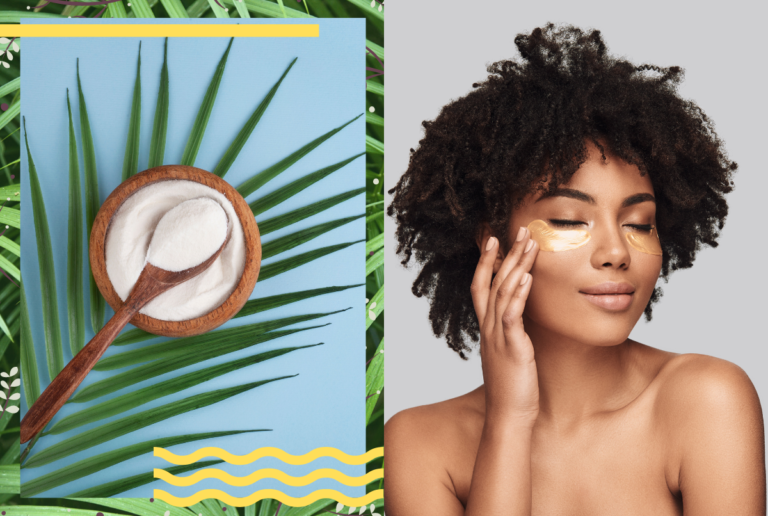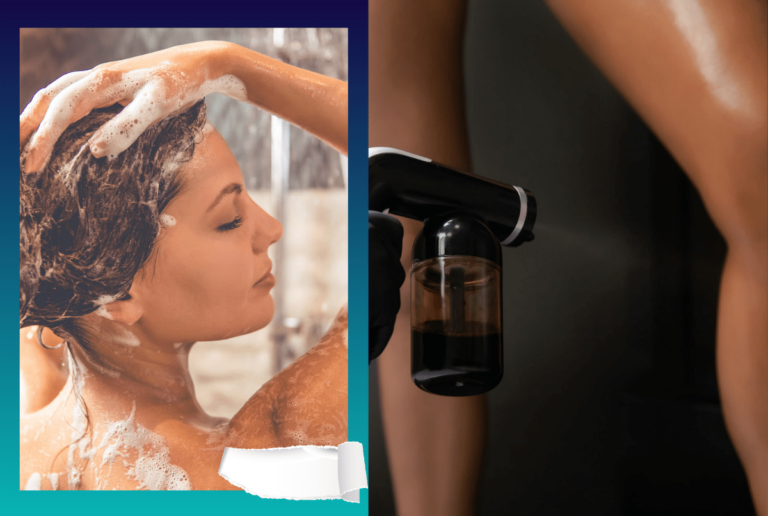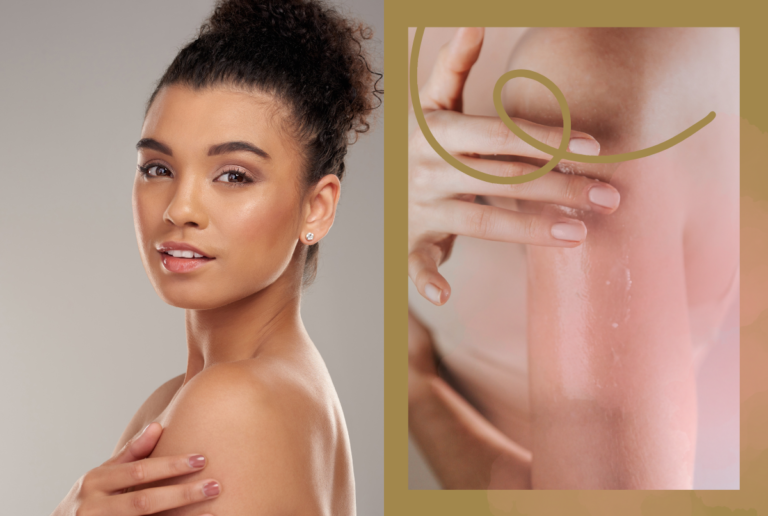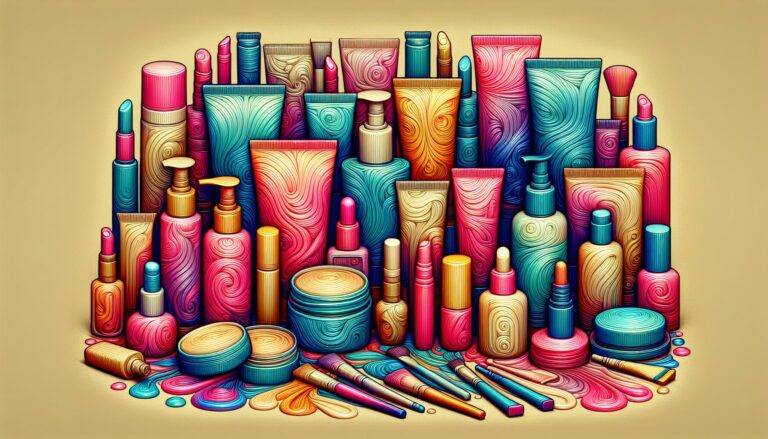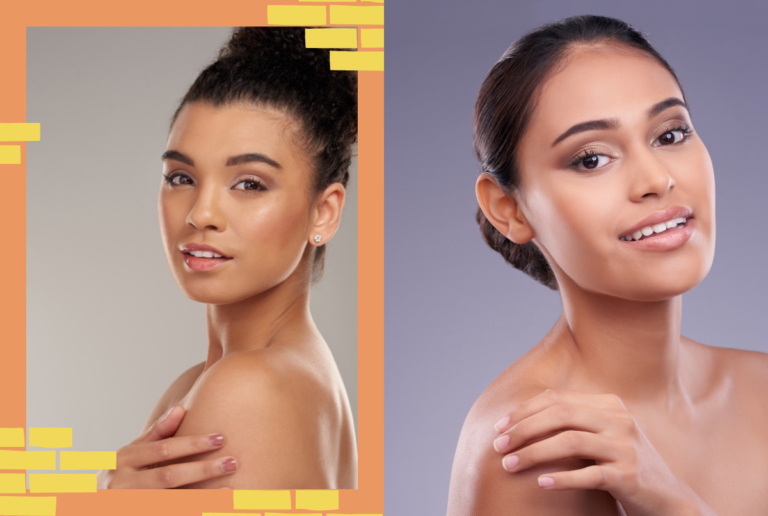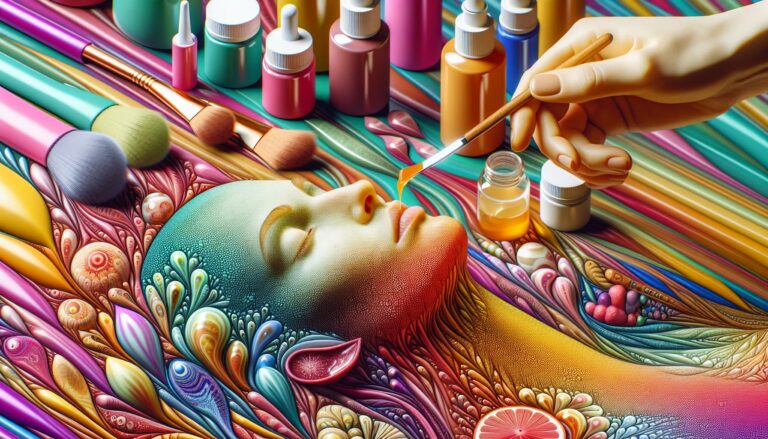Cosmetic Clays For Skin Care
Applying clay to the skin is one of the oldest methods of natural skincare that you should try for yourself.
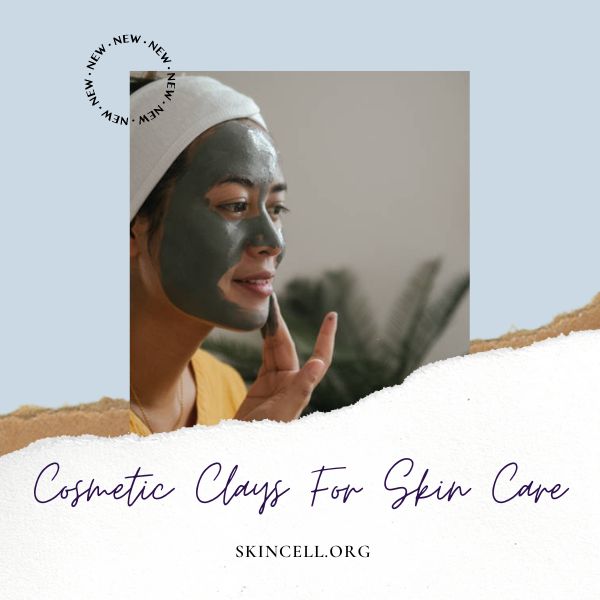
As humans, we have been applying mud to skin before we created complex formulas in the laboratory. Instinctively, we knew that clay could soothe and protect the skin, even if we didn’t realize it had beneficial minerals that could cleanse and exfoliate successfully.
In modern times, we have cosmetic clays that have been collected and purified, especially for the face and other body parts. However, there are various types of clay, and not everyone knows which type of cosmetic clay to choose out of the plentitude of options.
For this reason, we have prepared a guide to help you navigate through the world of cosmetic clays familiarizing you with its types and uses.
What Is Clay?
Before we jump into the uses and benefits of clay, what exactly is it? The Merriam-Webster dictionary defines clay as – an earthy material that is plastic when moist but hard when fired, that is composed mainly of fine particles of hydrous aluminum silicates and other minerals. [1]
In regular words, clay is simply a loose mud-like substance that is found in mineral-rich deposits beneath the Earth’s surface. Clay is formed due to the gradual chemical weathering of rocks and ash, a process that takes thousands of years.
There are so many types of clay with different, vibrant colors, and each of them contains a different mixture of minerals that gives them distinct appearances. Based on the location, how deep the clay resides, type of rocks weathered, among other factors, determine the mineral content in any clay.
Clay Properties
The study of clay is pretty complex, and researchers have explained its properties using soil chemistry. Two things you need to know about clay are its sorptive properties and its Cation-Exchange Capacity (CEC). [2]
Some clay can absorb (to suck in like a sponge), while other clays can adsorb (hold particles on the surface like a magnet). This is what sorptive properties mean, and knowing the difference in these properties can help you select a clay for your skin.
Now, let’s see what CEC means for your skin. Clay has the property of exchanging nutrients with impurities on the skin. This means it leaves all the good minerals on your skin in the process. Interestingly, montmorillonite clays have the highest CEC at 60-70 Meq/g. [3]
Types Of Clay For Cosmetic Uses
- Montmorillonite
- Illite
- Kaolinite
1. Montmorillonite Clay
Named after a commune in France where it was discovered, montmorillonite clay is a type of clay that has exceptionally high CEC. Essentially, this clay falls under the smectite group of clay minerals, which means the crystals within are loosely bound.
This gives them the property of swelling whenever they come in contact with water. When it comes to sorptive properties, montmorillonite can absorb around 20% of water, but it remineralizes pretty well with an average of 70% rate of mineral deposition on the skin.[4]
Types Of Montmorillonite Clays
A. French Green Clay
French green montmorillonite (also called French green clay) gets its grayish-green color from the presence of ferrous and magnesium ions. It also contains calcium, manganese, copper, phosphorus, selenium, and several other minerals. If you are looking for a go-to cosmetic clay for beautiful skin, this clay is the answer.
It is one of the best options out there for tackling issues that come with excessive oil production by the pores. After application, several customers said that this clay offers an instant glow and freshness to the skin, and it is commonly used as an exfoliator.
B. Red Montmorillonite
This clay is rich in iron oxide, the component which gives it a reddish hue. It is pretty effective in removing toxins, which can be washed out without harming the skin. Since it cleans the skin of unwanted dirt and grime, it greatly reduces your chances of developing acne.
People with oily skin will surely benefit from this mineral-rich clay. After adding the clay as a face or body mask to your beauty routine, you’ll see a noticeable improvement in skin texture and overall appearance.
C. Blue Cambrian Montmorillonite
This blueish-gray, odorless powder is ideal for oily or acne-prone skin. This is probably the most potent of most types of cosmetic clays due to its rich mineral content. Along with a mineral-rich composition, this clay can also absorb and adsorb effectively, making it a good skin product.
Blue Cambrian montmorillonite clay has powerful detoxifying properties, which means it naturally draws out impurities in the skin. The clay also removes excess oils and toxins from the pores leaving the skin fresh and rejuvenated.
D. Calcium Montmorillonite
Calcium montmorillonite, or as it is commonly known as Fuller’s Earth, is a detoxifying cosmetic clay that works on combination skin. However, it works incredibly well for improving oily skin and sensitive skin due to its highly absorbent properties.
Fuller’s Earth or Fuller’s clay was earlier used to remove excess lanolin from wool, so you can imagine its powerful oil-removing properties. In cosmetic use for humans, it is used to lighten skin and remove dead skin cells by applying as a body mask. One can find effective skin bleaching effects when adding this clay mask to a daily skincare regimen.
E. Sodium Bentonite Clay
This bentonite clay is a sedimentary clay type that is composed of volcanic ash and montmorillonite. It appears gray or cream in color and usually does not have any odor. This fine clay works well on all skin types, especially oily skin. However, it will not dry out normal skin either, thus making it a good choice for many people.
Sodium Bentonite, when applied to the skin, gives the benefit of several trace minerals. It removes sebum, impurities, grime, and bacteria from the pores after application. It works as a preventative antibiotic and improves the healing of small spots and blemishes.[5]
F. Rhassoul Clay
Rhassoul clay or Moroccan red clay, or Moroccan lava clay, is a pretty absorbent clay that helps detoxify the skin. The clay works wonders on normal to oily skin, but it might not suit sensitive skin, so keep that in mind while purchasing. As the name suggests, this red clay is a rare and high-end clay found in the mountains of Morocco.
Since it has a large quality of silica, it can provide anti-aging benefits for mature skin. This cosmetic clay can draw oil and impurities from the skin, leaving the face with a smooth, healthy glow. It is also used as an astringent for cleansing skin and hair in traditional skincare routines.[6]
G. Glacier Clay
While some clays like French green clay are found beneath the Earth’s surface on plains or mountains, glacier clay is found below glaciers. In the icy regions of Canada, mainly British Columbia, mineral deposits formed after the ice age. When the glacial lakes dried, glacier clay deposits were unearthed and used as cosmetic clays.
This unique clay has a fine texture and consists of small particles that can easily absorb excess oils when used as facial masks. It assists in gentle exfoliation and improves skin tone by depositing nourishing minerals and vitamins in the skin. Since this cosmetic clay promotes new cell generation, it is a popular choice for reducing skin aging.
2. Illite Clay
The next type of clay you need to know about is the illite clay which has absorbent particles that do not expand. They are better at absorbing moisture than montmorillonite clays, thus making them useful for detoxifying the skin.
There are several types of Illite clays popular in the skincare industry. Here is a short description of a few-
Types Of Illite Clays
A. French Red Illite
Suppose you want the benefit of cosmetic clays without drying your already dry skin; the French red illite clay is perfect for this task. Although this can help all skin types, it will especially keep the skin from drying due to its humidifying properties. This fine odorless powder gets its color from a high percentage of iron oxide, but the rest of the mineral components are similar to other Illite clays.
One characteristic of French red illite clay masks is that they improve blood circulation, repair broken capillaries, and reduce wrinkles. Upon regular application, users notice a difference in pale, colorless skin. A few others attested to having firmer feeling skin, making this clay ideal for mature skin types
B. French Pink Illite
French pink clay is a mix of red illite and white kaolin clay that works well on combination skin and sensitive skin types. Rose or pink in color, this clay has a soft velvety texture that feels luxurious when applied to the skin. Even with all its active minerals, this pink clay with fine texture is quite mild and freshens pores by removing impurities from the skin.
Using this clay in the form of facial masks and body wraps can be very effective for improving dehydrated skin. It has a soothing and toning action that draws oils from the pores and clears dead skin cells. In cases of sun damage, poor blood circulation, and acne, this clay can drastically improve skin tone.
C. French Green Illite
The name “French Green” illite clay might indicate that it comes exclusively from France. However, this clay is mined from around the world and has minerals, iron oxides, and decomposed plant matter like algae and seaweed. Since the clay acts like a sponge, it has the ability to draw oil from the pores and significantly helps sensitive skin and oily skin types.
Essentially this cosmetic grade clay can absorb excess oil, keeping the skin clean and fresh. This makes it an excellent choice to manage acne-prone skin types too.[7]
D. French Yellow Illite
The soft yellow color comes from high levels of iron oxide; however, the amount is much lesser than red Illite clay. This clay removes oils from the skin, detoxifying it in the process. As far as suitable skin types are concerned, anyone with dry, combination or sensitive skin types can use this clay as a facial mask.
Clay masks involving this clay can tone and strengthen the tissues, thus giving the skin a firmer feel. The high absorbency rates mean that users will see a notable improvement in skin radiance no matter the skin type.
3. Kaolinite Clays (China Clays)
Kaolin clays are non-swelling types and have a low CEC, but they still have a large mineral content of calcium, sodium, zinc, iron, and silica. Instead of absorbing impurities, kaolin clays adsorb, meaning they hold on to particles on the surface.
This clay is the mildest of all clays and helps gently exfoliate using clay facials. With high silica content, new cell generation is boosted dramatically.[8]
They come in several colors/types –
- Green, orange, and white kaolin – all skin types,
- Pink, yellow kaolin – dry skin
- Red kaolin – oily skin
How To Use Clay For Skincare
We’ve already discussed the therapeutic and cosmetic properties of clays. You also know clay, like French green clay, originates on the Earth and undergoes several processes before finding applications in the professional beauty industry. Now that we’ve covered this, let’s see how to use clay powders for your daily skincare-
Ingredients List:
- Clay of choice (in powder form)
- Water/rosewater
- Aloe vera gel (optional)
Preparation And Application Method:
Mix the clay powder and liquids in a glass bowl with a face brush until you get a thick paste. Use the brush or fingers to apply the paste to your face and leave it to dry. Once it is completely dry and feels tight on your face, wash with lukewarm water and pat dry.
If you have dry skin, apply a small amount of lotion to restore moisture to your skin cells. Also, you can add or remove ingredients that suit you best. Trial and error will help you find the perfect clay for your skin type.
Final Words
All the different clays mentioned have unique compositions, but the thing in common is their purifying and detoxifying properties. Select a clay that suits your skin type and soak in the remineralizing and exfoliation benefits of a weekly clay routine.
As a traditional skincare method, clay minerals have improved skin for thousands of years. It’s time to try it out for yourself!
References
[1] https://www.merriam-webster.com/dictionary/clay
[2]https://www.sciencedirect.com/topics/engineering/cation-exchange-capacity
[3]https://nutrients.ifas.ufl.edu/nutrient_pages/BSFpages/CatExchange.htm
[5]https://www.medicalnewstoday.com/articles/325241
[6]https://arganlife.com.au/blogs/journal/the-many-benefits-of-rhassoul-moroccan-lava-clay
[7]https://www.healthline.com/health/beauty-skin-care/green-clay
[8]https://skinkraft.com/blogs/articles/kaolin-clay-for-skin

